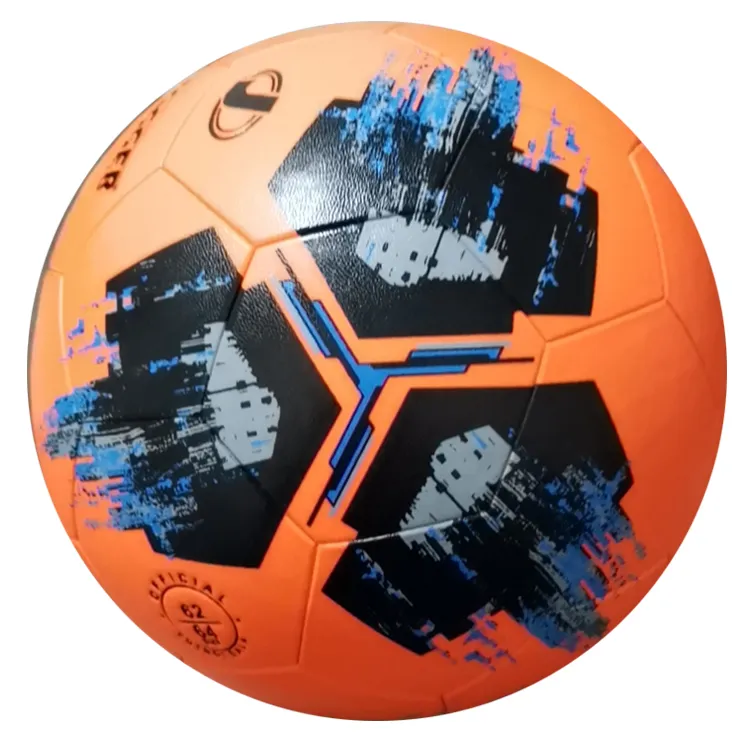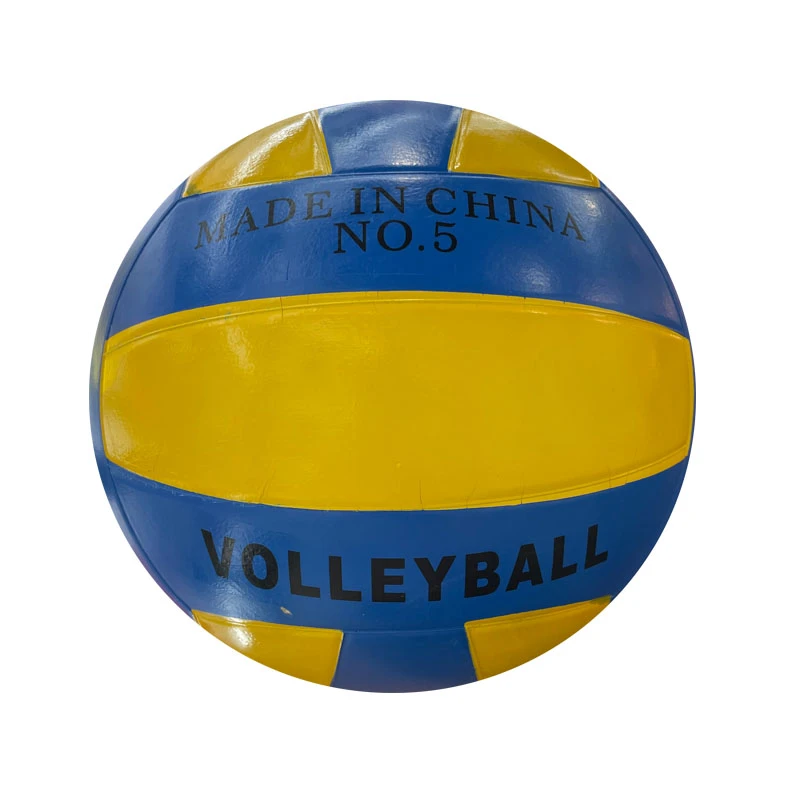Beach volleyball is a sport that exhilarates with its combination of agility, teamwork, and strategy amidst the backdrop of sun, sea, and sand. One crucial element that can make or break performance on the sandy courts is the volleyball itself. Understanding the size and regulations regarding a beach volleyball ball is vital for enthusiasts and professionals alike.

In beach volleyball, the standard ball size is meticulously defined to ensure fairness and consistency in play. The official size for a beach volleyball, according to the Fédération Internationale de Volleyball (FIVB), which sets the standards for international play, is a circumference ranging from 66 to 68 centimeters (approximately 25.98 to 26.77 inches). This specification ensures that every player, regardless of location, competes under the same conditions, creating a level playing field.
The ball's weight is equally important, striking a balance between being heavy enough to withstand wind interference and light enough to allow for powerful serves and strikes. The FIVB mandates that an official beach volleyball weigh between 260 to 280 grams (9.2 to 9.9 ounces). This weight range is optimal for handling the unique challenges presented by outdoor play, where environmental factors like wind and sand must be accounted for.

Unlike indoor volleyballs, beach volleyballs are slightly larger, and their design often reflects vibrant colors, which enhance visibility against the sandy backdrop and bright sunlight. The panel structure of a beach volleyball is typically made of 18 or fewer panels, stitched in a pattern that helps the ball maintain its shape even after extensive play, ensuring durability and consistent performance.
Professional players understand that while the size and weight are standardized, the ball’s feel and grip can significantly influence the game. Players seek balls with a soft and textured surface, which enhances grip – a crucial factor when executing precise serves, passes, and spikes. A ball's grip can deteriorate with prolonged exposure to elements like salt and sand, which is why athletes often prefer to practice and compete with newer balls to ensure reliability.
beach volleyball ball size
When selecting a beach volleyball for practice or competition, it’s essential to verify that it carries certification from endorsed bodies like the FIVB or domestic volleyball associations. This certification confirms that the ball adheres to all required specifications, ensuring a quality experience that enhances performance and enjoyment of the game.
Aside from regulatory standards, players often develop personal preferences for certain brands or models, based on factors such as the ball’s air retention capabilities and the feel of its outer layer. Brands such as Mikasa, Wilson, and Spalding are known for producing high-quality beach volleyballs that meet the rigorous standards set by the FIVB.
Furthermore, the right ball can aid in developing technique, as practicing with a certified ball ensures that players are accustomed to the conditions experienced during competitive play. For budding enthusiasts, starting with a regulation-sized ball can help hone skills from the outset, aligning training with professional standards right from the beginning.
In summary, understanding the precise parameters for a beach volleyball ball size is as much about complying with official standards as it is about enhancing one’s gameplay. The balance between size, weight, and material affects every serve, pass, and spike, illustrating the intricate relationship between the equipment and its user. For serious competitors and casual players alike, selecting a ball that aligns with these specifications can significantly elevate the beach volleyball experience.













